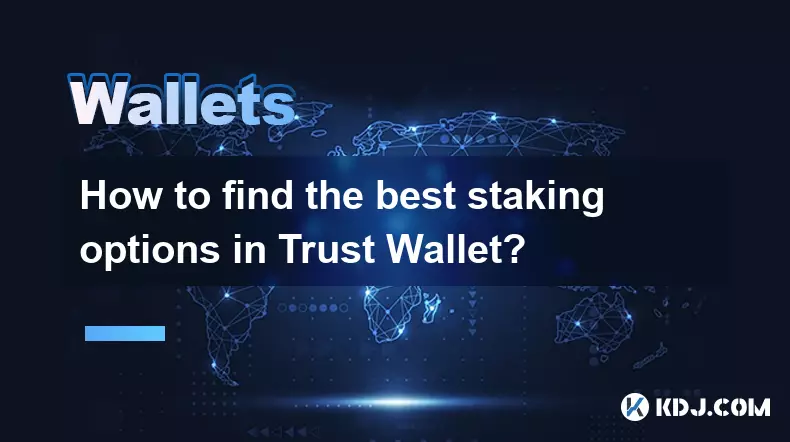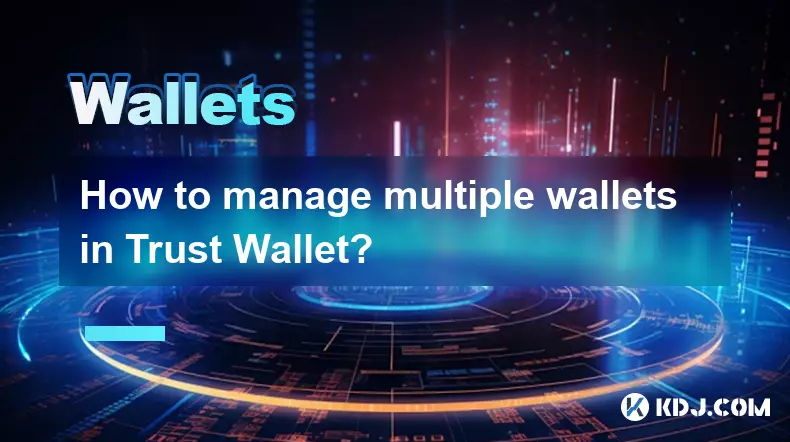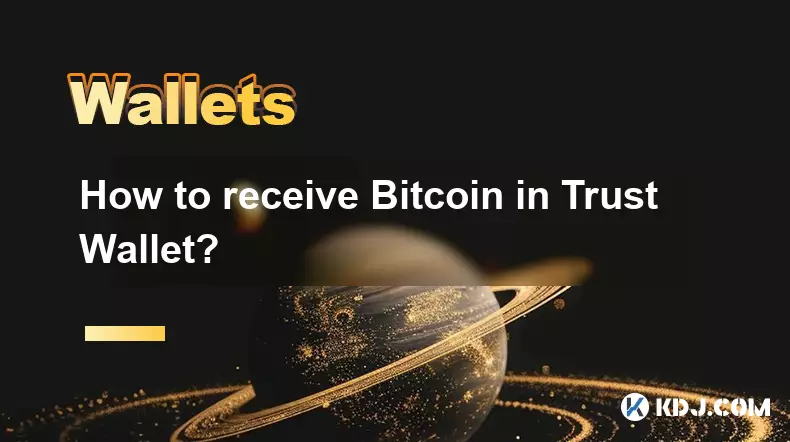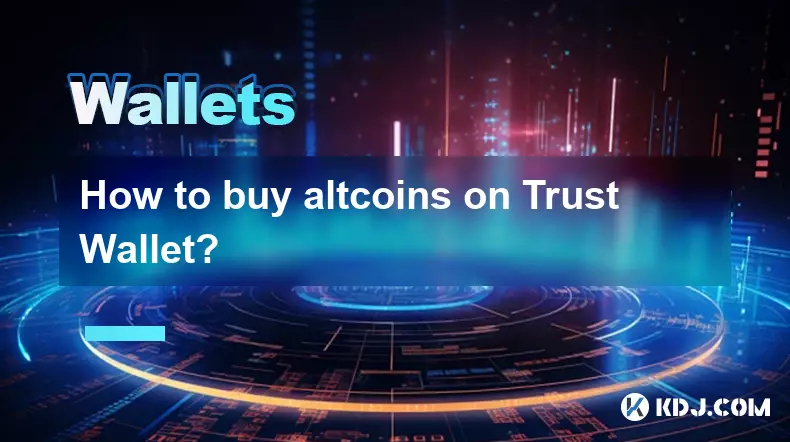-
 Bitcoin
Bitcoin $108300
-0.84% -
 Ethereum
Ethereum $4401
-1.02% -
 Tether USDt
Tether USDt $1.000
0.02% -
 XRP
XRP $2.760
-2.70% -
 BNB
BNB $861.5
-0.19% -
 Solana
Solana $200.8
-2.12% -
 USDC
USDC $0.9998
-0.01% -
 TRON
TRON $0.3404
-0.03% -
 Dogecoin
Dogecoin $0.2132
-2.15% -
 Cardano
Cardano $0.8078
-3.07% -
 Chainlink
Chainlink $23.14
-2.29% -
 Hyperliquid
Hyperliquid $44.64
-0.18% -
 Ethena USDe
Ethena USDe $1.001
0.06% -
 Sui
Sui $3.241
-2.77% -
 Stellar
Stellar $0.3514
-2.84% -
 Bitcoin Cash
Bitcoin Cash $542.6
-1.98% -
 Cronos
Cronos $0.2945
-4.07% -
 Avalanche
Avalanche $23.40
-2.53% -
 Hedera
Hedera $0.2171
-4.56% -
 UNUS SED LEO
UNUS SED LEO $9.611
0.90% -
 Litecoin
Litecoin $108.8
-2.35% -
 Toncoin
Toncoin $3.162
0.76% -
 Shiba Inu
Shiba Inu $0.00001215
-2.09% -
 Polkadot
Polkadot $3.732
-2.94% -
 Uniswap
Uniswap $9.567
-2.70% -
 Dai
Dai $0.0000
0.00% -
 Bitget Token
Bitget Token $4.530
-0.92% -
 Monero
Monero $260.3
-0.15% -
 Aave
Aave $314.0
-1.92% -
 Ethena
Ethena $0.6415
-3.21%
How to find the best staking options in Trust Wallet?
Trust Wallet supports staking on major networks like Ethereum, BSC, and Polygon via its dApp browser, allowing secure, non-custodial staking with rewards varying by chain and protocol.
Aug 31, 2025 at 09:54 am

Finding Reliable Staking Networks in Trust Wallet
1. Trust Wallet supports a wide variety of blockchain networks that offer staking opportunities. Users can access staking for major chains such as Ethereum, Binance Smart Chain, Polygon, and Solana. Each network has different staking mechanisms and reward structures. It's essential to verify which networks are currently active and supported within the app to avoid confusion.
2. The app provides a built-in dApp browser that allows direct access to decentralized staking platforms. By connecting through this browser, users can stake tokens on protocols like Aave or Lido directly from their wallet. This integration reduces the need to transfer assets to external websites, minimizing risk.
3. Users should check the official Trust Wallet blog or social media channels for announcements on newly added staking options. These updates often include details about yield rates, minimum stake requirements, and lock-up periods. Staying informed ensures access to the most competitive staking opportunities.
4. Community feedback on platforms like Reddit or Telegram can highlight networks with consistent payouts and reliable performance. While not official sources, these discussions often reveal real-world experiences that help gauge trustworthiness.
5. Always confirm the legitimacy of any staking option by cross-referencing with the project’s official website. Phishing sites mimicking staking platforms are common, and using the dApp browser does not eliminate this risk entirely.
Evaluating Staking Rewards and Risks
1. Annual Percentage Yield (APY) varies significantly across different staking options. High APYs may seem attractive, but they can come with higher volatility or smart contract risks. It's crucial to analyze whether the reward aligns with the underlying network's fundamentals.
2. Some staking options require locking tokens for a fixed period. During this time, funds cannot be withdrawn or traded. Users must assess their liquidity needs before committing assets to such staking pools.
3. Impermanent loss is a risk when staking in liquidity pools. If the price of the staked tokens fluctuates significantly, the value at withdrawal may be less than expected, even with rewards factored in.
4. Smart contract vulnerabilities have led to fund losses in several high-profile cases. Projects with audited code and a transparent development team tend to be more secure. Look for audit reports from firms like CertiK or PeckShield before participating.
5. Always ensure that the staking platform is non-custodial—meaning only you control the private keys. Trust Wallet does not manage your assets, and any service asking for key access is fraudulent.
Maximizing Returns with Strategic Staking
1. Diversifying staking across multiple networks can reduce exposure to a single point of failure. For example, allocating funds between Ethereum, Cosmos, and Polkadot staking helps balance risk and return.
2. Compounding rewards manually by restaking earned tokens can significantly increase long-term gains. While some platforms automate this process, Trust Wallet users may need to withdraw and restake periodically.
3. Monitoring gas fees on networks like Ethereum is important. High transaction costs can eat into profits, especially when restaking small amounts. Timing transactions during low-fee periods improves efficiency.
4. Participating in validator elections on proof-of-stake chains like Tezos or Algorand allows users to influence network security while earning rewards. Delegating to reputable validators enhances reliability.
5. Using the price alerts feature in Trust Wallet helps track token value changes. Sudden drops may prompt reassessment of staking positions, especially if the token underpins the staking ecosystem.
Common Questions About Staking in Trust Wallet
Can I stake any token in Trust Wallet?Trust Wallet supports staking for select tokens through integrated dApps and native network features. Not all tokens are eligible. Supported assets include ETH, BNB, MATIC, DOT, and others with active staking protocols.
Are staking rewards paid daily or monthly?Reward distribution depends on the network. Ethereum validators receive rewards with each block, reflected periodically in wallets. Binance Smart Chain staking may distribute rewards weekly, while others vary by protocol design.
Does Trust Wallet charge fees for staking?Trust Wallet itself does not charge staking fees. However, blockchain networks apply transaction fees for staking and unstaking actions. Third-party dApps may also take a small percentage as a service fee.
What happens if I lose my phone with staked assets?As long as you have your recovery phrase, you can restore your wallet on a new device. Staked assets remain on the blockchain and are linked to your wallet address, not the physical device.
Disclaimer:info@kdj.com
The information provided is not trading advice. kdj.com does not assume any responsibility for any investments made based on the information provided in this article. Cryptocurrencies are highly volatile and it is highly recommended that you invest with caution after thorough research!
If you believe that the content used on this website infringes your copyright, please contact us immediately (info@kdj.com) and we will delete it promptly.
- Memecoins September 2025 Watchlist: What's Hot Now?
- 2025-08-31 23:25:15
- Eric Trump Predicts Bitcoin to $1 Million: Hype or Reality?
- 2025-08-31 23:25:15
- BlockDAG: Redefining Scalability and ROI Potential in 2025
- 2025-08-31 23:05:16
- Ozak AI, Altcoins, and 20x Potential: Navigating the Crypto Landscape
- 2025-09-01 00:05:12
- Bonk Price, Solana Meme Coin, and the Rise of Layer Brett: A New Era?
- 2025-08-31 21:25:12
- ETH Transactions Soar, BTC Whale Shifts Gears: Decoding August's Crypto Charts
- 2025-08-31 21:05:16
Related knowledge

How to use Trust Wallet's built-in DEX?
Aug 29,2025 at 07:28am
Understanding Trust Wallet’s Built-in DEX1. Trust Wallet integrates a decentralized exchange (DEX) directly within its mobile application, allowing us...

How to manage multiple wallets in Trust Wallet?
Aug 30,2025 at 04:45am
Understanding Wallet Management in Trust Wallet1. Trust Wallet supports a wide range of cryptocurrencies and tokens, allowing users to manage multiple...

How to avoid slippage when swapping on Trust Wallet?
Aug 29,2025 at 03:01am
Understanding Slippage in Decentralized Exchanges1. Slippage occurs when the price of a cryptocurrency changes between the time a transaction is initi...

How to receive Bitcoin in Trust Wallet?
Aug 31,2025 at 08:36pm
Understanding Bitcoin Reception in Trust Wallet1. Trust Wallet supports Bitcoin (BTC) as one of its core cryptocurrencies. To receive Bitcoin, users m...

How to buy altcoins on Trust Wallet?
Aug 29,2025 at 11:36pm
Understanding Trust Wallet and Altcoin Purchases1. Trust Wallet is a non-custodial cryptocurrency wallet that supports a wide range of altcoins and bl...

How to participate in an ICO with Trust Wallet?
Aug 30,2025 at 04:36pm
Understanding ICOs and Trust Wallet Compatibility1. Initial Coin Offerings (ICOs) are fundraising mechanisms used by blockchain projects to raise capi...

How to use Trust Wallet's built-in DEX?
Aug 29,2025 at 07:28am
Understanding Trust Wallet’s Built-in DEX1. Trust Wallet integrates a decentralized exchange (DEX) directly within its mobile application, allowing us...

How to manage multiple wallets in Trust Wallet?
Aug 30,2025 at 04:45am
Understanding Wallet Management in Trust Wallet1. Trust Wallet supports a wide range of cryptocurrencies and tokens, allowing users to manage multiple...

How to avoid slippage when swapping on Trust Wallet?
Aug 29,2025 at 03:01am
Understanding Slippage in Decentralized Exchanges1. Slippage occurs when the price of a cryptocurrency changes between the time a transaction is initi...

How to receive Bitcoin in Trust Wallet?
Aug 31,2025 at 08:36pm
Understanding Bitcoin Reception in Trust Wallet1. Trust Wallet supports Bitcoin (BTC) as one of its core cryptocurrencies. To receive Bitcoin, users m...

How to buy altcoins on Trust Wallet?
Aug 29,2025 at 11:36pm
Understanding Trust Wallet and Altcoin Purchases1. Trust Wallet is a non-custodial cryptocurrency wallet that supports a wide range of altcoins and bl...

How to participate in an ICO with Trust Wallet?
Aug 30,2025 at 04:36pm
Understanding ICOs and Trust Wallet Compatibility1. Initial Coin Offerings (ICOs) are fundraising mechanisms used by blockchain projects to raise capi...
See all articles

























































































